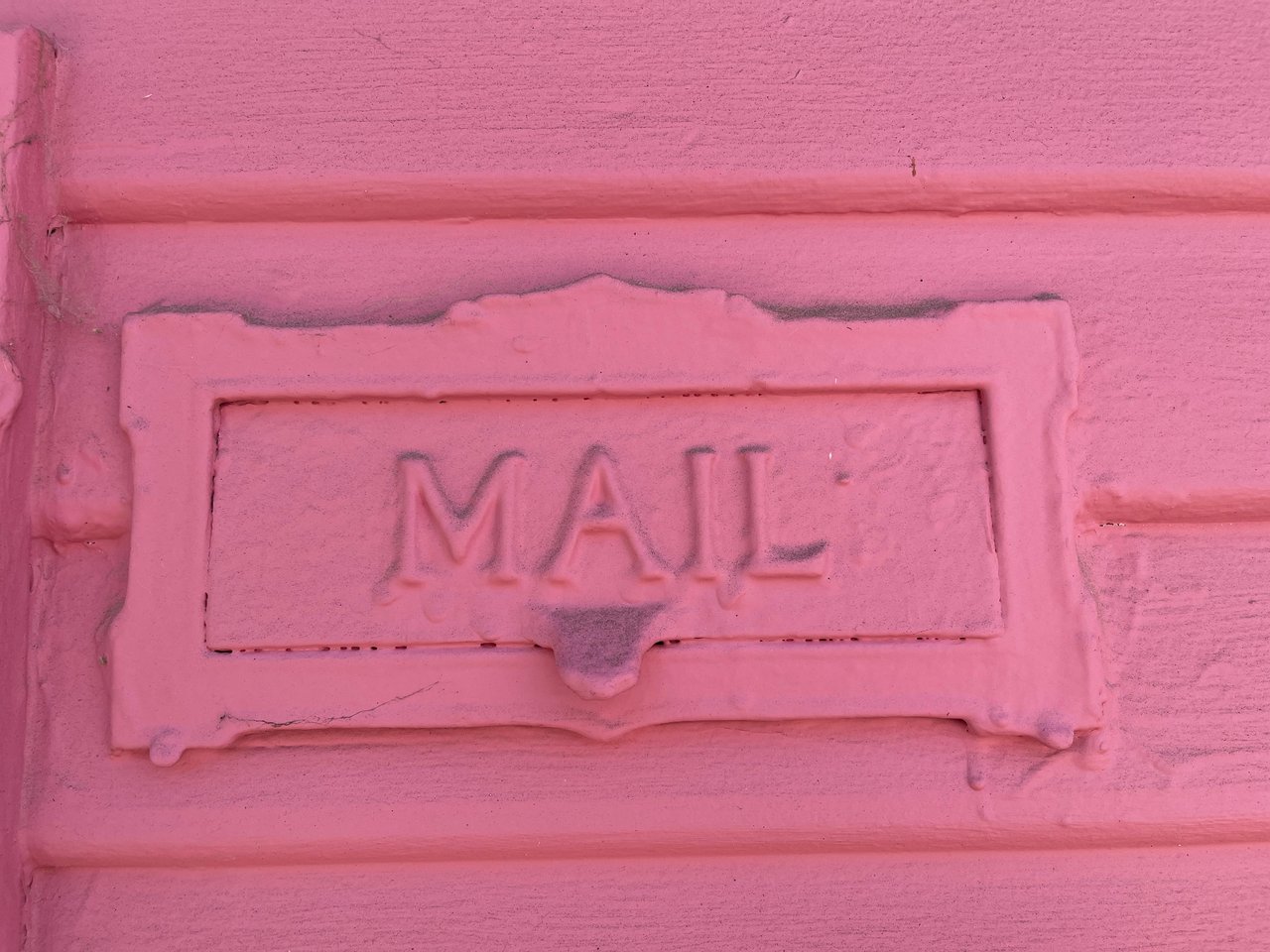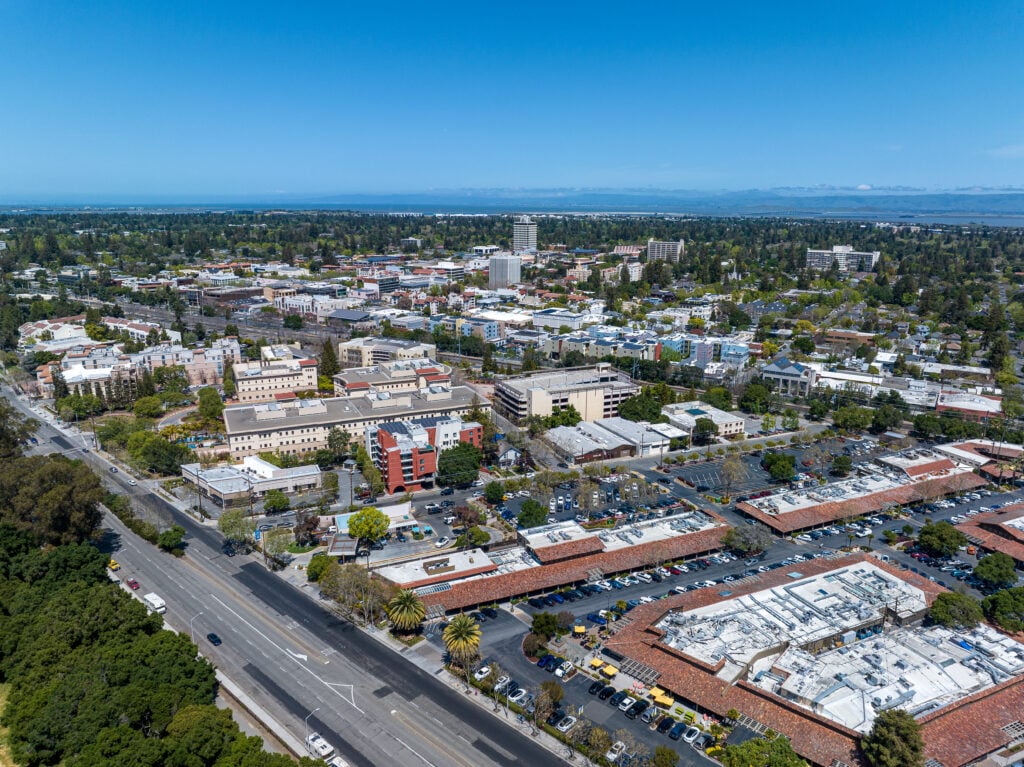Restoring History: Tips for Buying and Maintaining Historic Homes in the Bay Area
Valerie Mattei | July 18, 2024

Valerie Mattei | July 18, 2024

A few weeks ago, Joe and I visited a property on behalf of a client. Upon parking, we were met with a peppermint pink home complete with a black and white striped awning, and a dramatic sloped roof. I immediately snapped a picture and sent it to our teenage daughter. Her response was, “Looks like the Candy Witch lives there.” (See footnote for more about the “Candy Witch”). The house had been a rental for many years and was in some serious need of updates. Right away I looked beyond the mismatched flooring and funky floor plan. I was drawn to the small details: the original mailbox, the sash windows, the built-in bookcases that hugged the fireplace, the coved ceiling, and the latches in the hutch. It reminded me of my Nonnie’s house from the 1920’s. I knew the chances of someone buying this home and restoring it were questionable, up to the real estate gods. Would someone like me purchase this house, and try to salvage these quaint details? Maybe. Or, like so many others and for good reason, would someone level it and build a newer home that makes more sense? It depends on so many factors out of my control. I was inspired to take some time to write about purchasing a home with a historic presence. How do we honor the past, yet make our homes modern to fit our needs today?
The entire San Francisco Bay Area is really renowned for its stunning natural beauty, but also for its rich architectural history. From the ornate Victorians of San Francisco to the charming Craftsman homes of Redwood City, the region boasts a diverse array of historic neighborhoods and homes. Owning a historic property here offers a unique opportunity to live in a piece of the past while enjoying the amenities of modern life. In this blog post, we’ll explore some of the most notable historic neighborhoods in the Bay Area, discuss the nuances of purchasing and restoring historic homes, and provide guidance on how to register a home as historic.
In San Francisco, neighborhoods like Pacific Heights, Nob Hill, and the Mission District are home to some of the city’s most iconic historic homes. These areas feature a plethora of Victorian and Edwardian houses, many of which were built in the late 1800s to early 1900s. The "Painted Ladies" near Alamo Square, with their intricate woodwork and elaborate facades, are a prime example of the architectural beauty that defines San Francisco’s historic districts. These homes not only offer aesthetic appeal but also a deep connection to the city’s storied past.
Moving down the peninsula, Burlingame stands out with its Easton Addition and Burlingame Park neighborhoods. These areas are filled with early 20th-century homes showcasing Tudor Revival, Colonial Revival, and Craftsman styles. The tree-lined streets and well-preserved properties create a charming atmosphere that attracts those who appreciate historical architecture. Similarly, San Mateo’s Baywood and San Mateo Park districts are celebrated for their architectural diversity, featuring Spanish Colonial Revival and Mid-Century Modern homes that date back to the early 1900s. Designed by landscape architect John McLaren, San Mateo Park’s winding streets and mature trees offer a picturesque setting that enhances the appeal of its historic homes.
Further south, Belmont’s historic charm is evident in neighborhoods like Belmont Country Club and Sterling Downs. Here, early 20th-century Craftsman and Spanish Revival homes grace the hilly terrain, providing scenic views and a sense of timelessness. Redwood City’s Mount Carmel neighborhood continues this trend with its mix of Craftsman, Mediterranean, and Colonial Revival homes, many of which have been meticulously maintained or restored to preserve their historical significance.
In Menlo Park, the Allied Arts Guild and Felton Gables neighborhoods are notable for their historic homes. The Allied Arts Guild, established in 1929, features Spanish-style buildings surrounded by beautiful gardens, creating a serene and historic environment. Felton Gables offers a blend of Tudor and Colonial Revival homes, adding to the area’s historic ambiance. Palo Alto’s Professorville neighborhood, a designated historic district, showcases homes from the late 1800s to early 1900s. This area, named for its early residents who were Stanford University professors, features a variety of architectural styles, including Queen Anne, Colonial Revival, and Craftsman, making it a highly desirable location.
Purchasing a historic home in the San Francisco Bay Area comes with unique considerations. Understanding the historical significance of the property and its previous owners can add to the home’s value and appeal. It’s essential to hire an inspector familiar with historic homes to identify potential issues, such as structural concerns or outdated systems. Restoring a historic home can be a rewarding but challenging process, requiring contractors experienced in historic preservation to maintain the property’s original features while updating it for modern living. Additionally, some historic homes may qualify for tax incentives or grants for restoration, which can offset some of the costs.
Making a historic home in the Bay Area fit our modern needs while honoring its history requires a delicate balance of preservation and innovation. To achieve this, homeowners can integrate modern amenities and energy-efficient upgrades that blend seamlessly with the original architecture. For instance, updating the kitchen and bathrooms with contemporary fixtures can enhance functionality, while preserving elements like original cabinetry, tile work, and moldings maintains the home's historical charm. Additionally, incorporating smart home technology discreetly can improve convenience and sustainability without detracting from the home's vintage aesthetic.
Working with a contractor experienced in historic restorations is crucial in this process. Start by selecting a contractor with a proven track record in handling historic properties and who understands the specific regulations and guidelines for preserving historic homes in the Bay Area. Clearly communicate your vision and priorities, emphasizing the importance of maintaining the home’s historical features while making necessary modern updates. A good contractor will offer creative solutions that respect the original design and materials, such as sourcing period-appropriate fixtures and using techniques that minimize alterations to the existing structure. Regularly reviewing the progress and maintaining open lines of communication with your contractor can ensure that the project stays true to your goals and preserves the home's heritage. Engaging with restoration professionals who understand the nuances of historic properties ensures that any modifications respect the original design and materials, allowing the home to meet today's standards of comfort and efficiency while celebrating its rich heritage.
Registering a home as historic can provide legal protections and potential financial benefits. The process generally involves verifying that your home meets the criteria for historic designation, such as architectural significance or association with notable historical events. Once confirmed, you can submit an application to your city’s historic preservation office or commission, including a detailed history of the property and supporting documentation. If approved, the property will be added to the city’s historic register, ensuring its preservation for future generations.
Restoring and maintaining a historic home requires careful planning and attention to detail. Preserving original architectural elements, such as woodwork and fixtures, is crucial. When replacing materials, using period-appropriate options helps maintain the home’s historical integrity. Staying informed about local preservation guidelines and best practices is essential, as is working with professionals who specialize in historic preservation.
Next time you have the chance to tour an older home look for those special details that make it historic. My favorite, perhaps quirky, items to explore are old medicine cabinets (specifically look for the slot for old razors that eventually get collected in the walls). I also love anything that is originally built like bookcases and hutches. These details make a home unique and make me think about all the people that enjoyed the space before me.
Owning a historic home in the San Francisco Bay Area is a unique and fulfilling experience. These properties offer a tangible connection to the past, enriching the lives of those who preserve and inhabit them. Whether you’re drawn to the ornate Victorians of San Francisco or the charming Craftsman homes of Redwood City, there’s a historic property waiting to become your next cherished residence.
Footnote: For those who are not familiar, you can google this and come up with a variety of answers, but in my daughter’s age group, the candy witch is like the “switch witch” who takes your Halloween candy and replaces it with a toy. To be clear, we never did this in our house. We ate all the Halloween candy. Year after year. Almond Joys are always mine. Joe gets the Kit Kats. Autumn loves a Crunch Bar.
Stay up to date on the latest real estate trends.

Alameda Market Update
August 29, 2025
As we step into the heart of summer, Alameda County’s housing market is showing all the signs of continued competitiveness—though with some interesting shifts worth no… Read more

San Francisco
August 28, 2025
As summer winds down, the San Francisco Bay Area comes alive with cultural celebrations, art, music, and family fun. Whether you're exploring SF’s iconic neighborhoods… Read more

Santa Clara County Market Update
August 28, 2025
Santa Clara’s housing market continues to show strong demand and limited supply, keeping conditions competitive for buyers and advantageous for sellers. Let’s break do… Read more

San Francisco
August 25, 2025
San Francisco’s housing market continues to demonstrate strong demand and tightening supply as we move through July 2025. Both buyers and sellers need to understand th… Read more

San franisco
August 25, 2025
At Rise Homes, we love sharing the best of Bay Area living — and let’s be honest, weekends are made for brunch. If you’re in the San Mateo Peninsula, you’ve got plenty… Read more

Contra Costa Market Update
August 22, 2025
Summer is in full swing in Contra Costa, and the housing market remains competitive with a few interesting shifts. Here’s a detailed look at the latest numbers and wha… Read more

San Mateo Market Update
August 21, 2025
San Mateo County’s housing market continues to stay competitive this summer, with tight inventory and strong buyer demand shaping the pace of sales. Whether you’re pla… Read more

San Francisco
August 12, 2025
If you’re dreaming about a place that blends Silicon Valley innovation with a small-town community feel, Menlo Park might be calling your name. Known for its tree-line… Read more

San Francisco
July 31, 2025
August is sizzling with can't-miss events across the San Francisco Bay Area! Whether you're a music lover, foodie, culture seeker, or weekend explorer, this month has … Read more
You’ve got questions and we can’t wait to answer them.